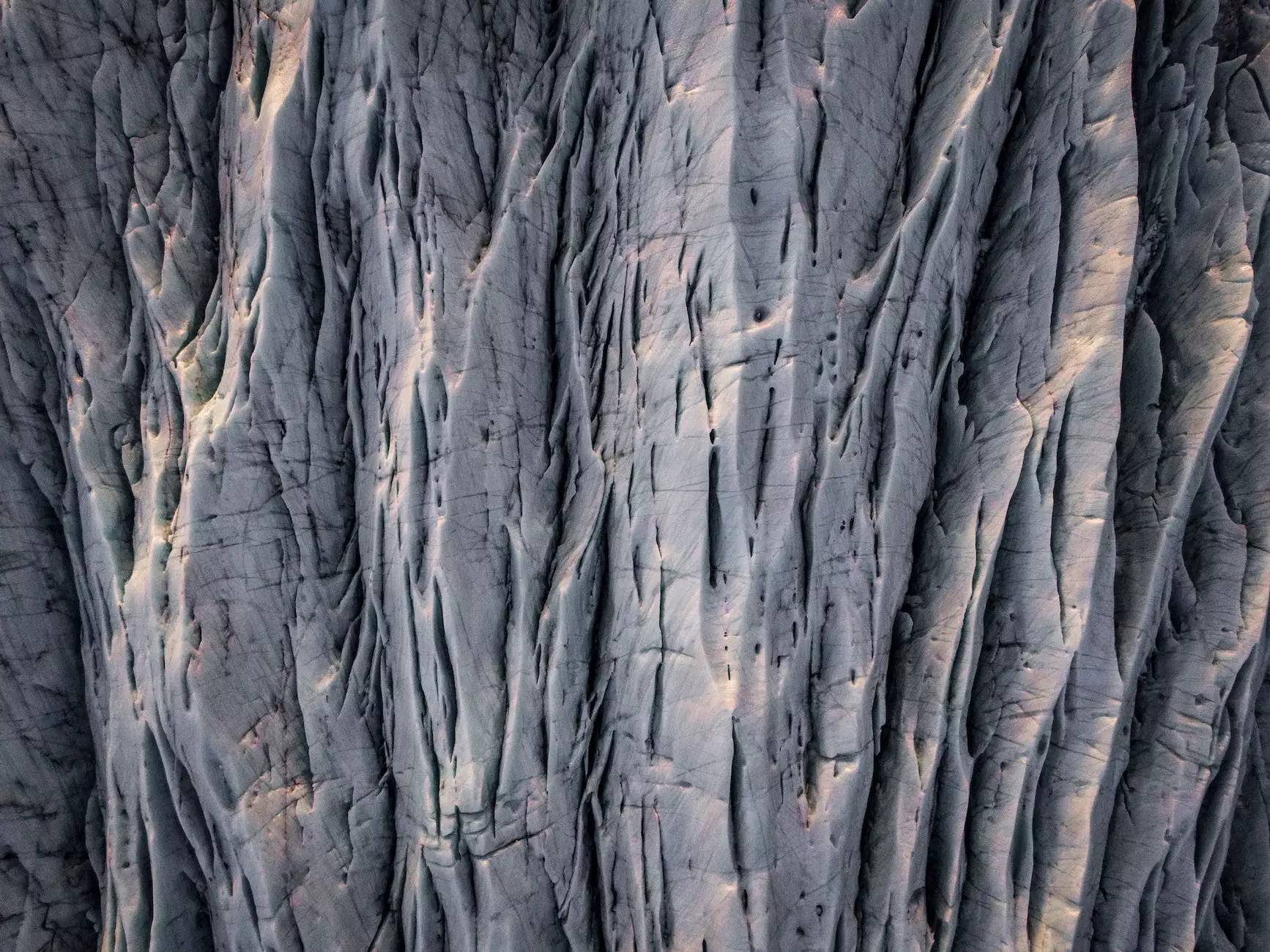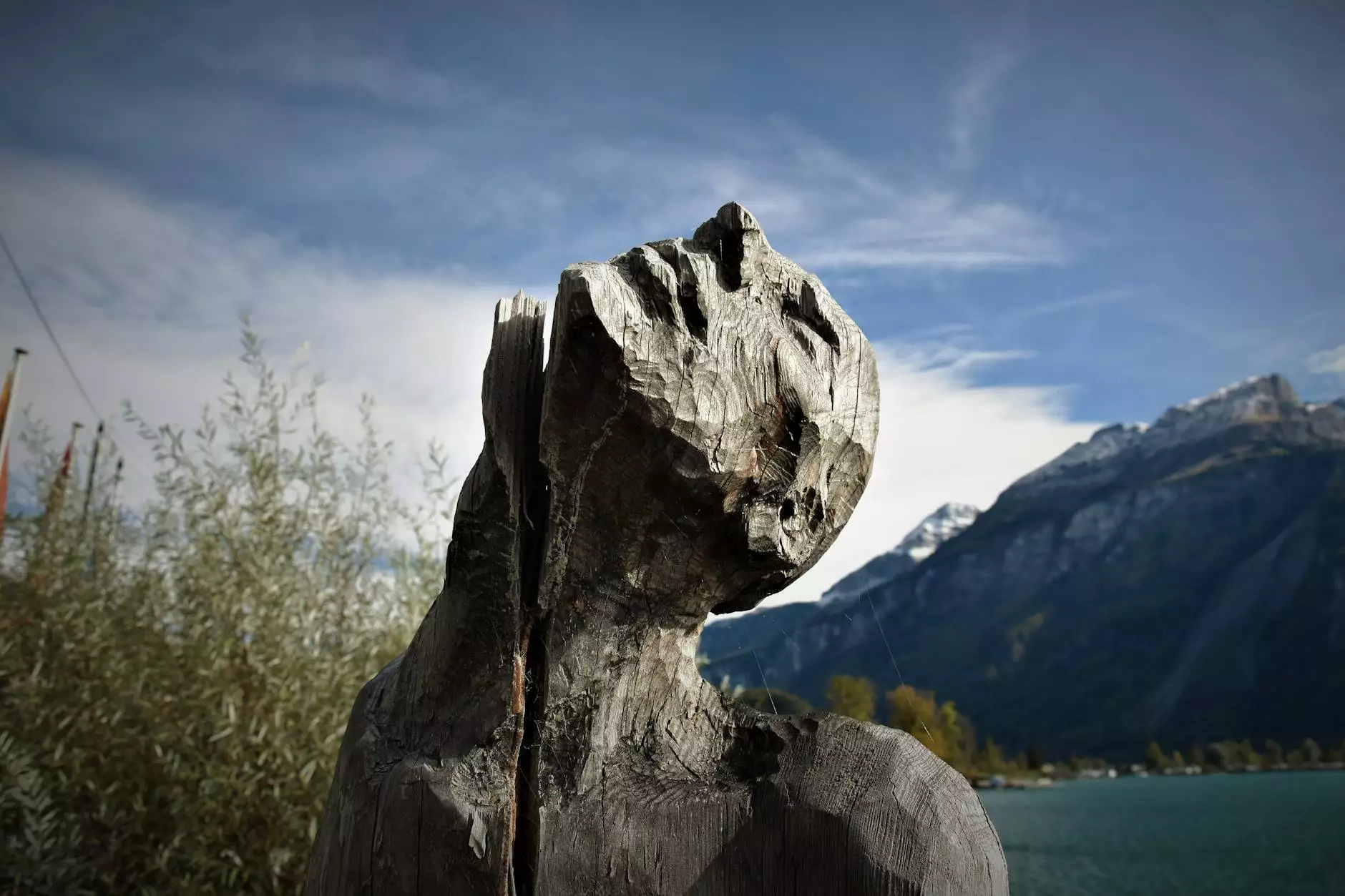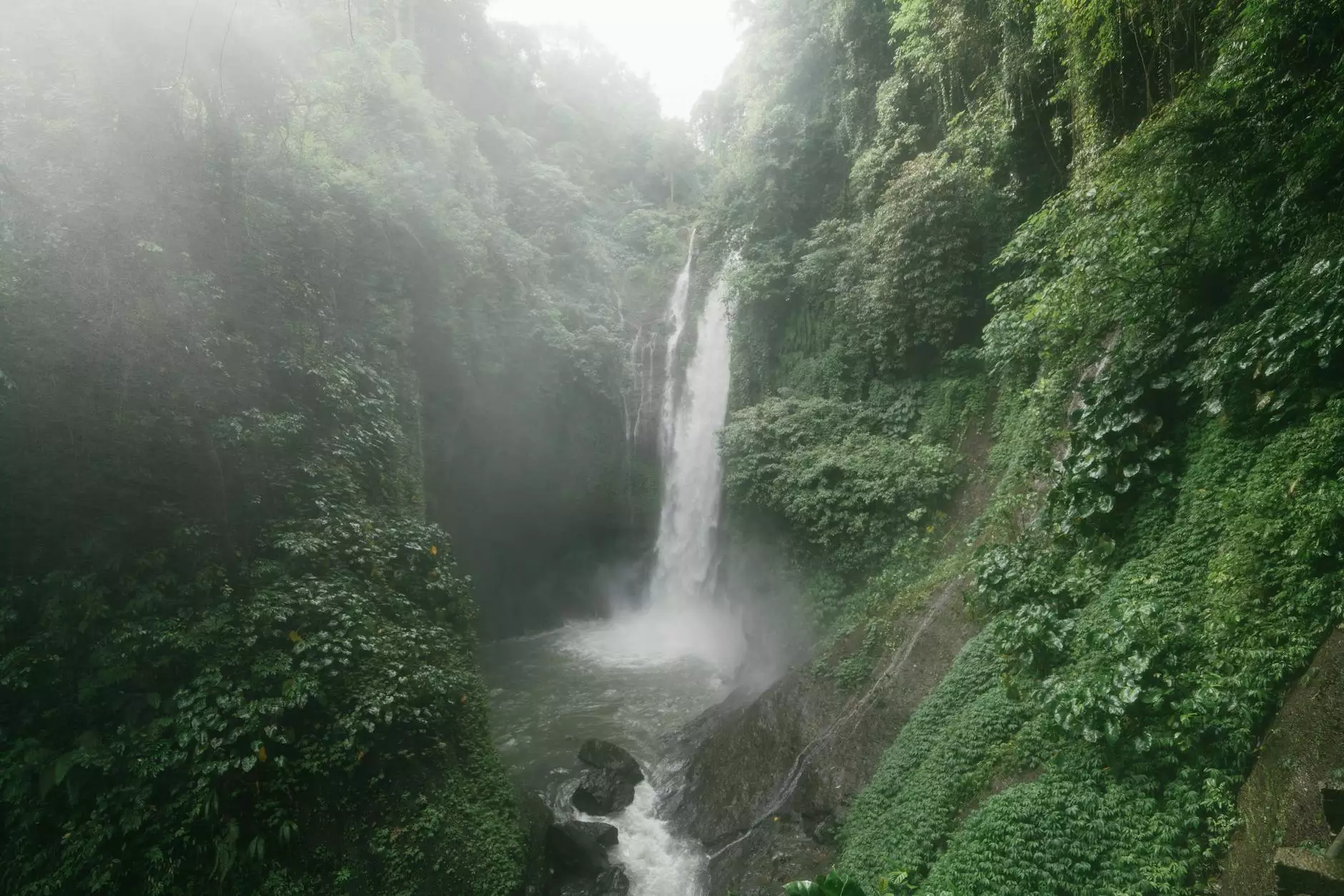Google Earth: Mapping Whales, Tracking Turtles - Marjorie Cowley
Articles
Introduction
Welcome to Marjorie Cowley's website, your ultimate destination for exploring the wonders of nature through the lens of captivating books and literary works. In this article, we delve into the exciting world of marine life and how Google Earth is transforming the way we map and track whales and turtles.
Revolutionizing Marine Conservation
Over the years, technological advancements have made it possible to observe and study marine creatures more closely than ever before. With the emergence of Google Earth, these advances have reached new heights, providing scientists, researchers, and wildlife enthusiasts with invaluable tools to gather data and monitor the movements of whales and turtles.
Mapping Whales with Google Earth
Google Earth's satellite imagery and mapping capabilities have opened up a whole new realm of possibilities when it comes to studying whales. By harnessing these tools, scientists can now identify migration patterns, feeding grounds, and breeding areas with greater precision. This information is crucial for understanding the behavior, conservation needs, and overall health of these majestic creatures.
With Google Earth, users can explore interactive maps that showcase the migratory routes of different whale species across the globe. Detailed satellite imagery enhances the learning experience, allowing individuals to virtually follow the same paths that these incredible animals traverse. By mapping their movements, we gain insights into their habitats, population trends, and potential threats they face.
Tracking Turtles with Google Earth
Similar to whales, turtles also benefit from Google Earth's mapping capabilities. By overlaying satellite imagery with GPS tracking data, researchers can track the movements of endangered turtle species in real time. This knowledge aids in conservation efforts, as it helps identify critical nesting sites, feeding areas, and migration routes that must be protected.
Through Google Earth, anyone can explore the different turtle species and their unique journeys. From loggerheads traversing vast distances to leatherbacks swimming through ocean currents, these maps offer a window into the world of these ancient reptiles. By highlighting the importance of marine protected areas, Google Earth ultimately contributes to the preservation of turtle populations worldwide.
Marjorie Cowley's Perspective
As an esteemed author in the field of natural history and animal literature, Marjorie Cowley brings this incredible world to life through her captivating books. Her deep understanding of the complexities of marine ecosystems shines through her vivid descriptions, allowing readers to truly immerse themselves in the wonders of nature.
In her latest works, Marjorie Cowley highlights the extraordinary journeys of whales and turtles. Through meticulously researched narratives, she sheds light on their resilience, struggles, and the delicate balance required for their survival. Her books serve as informative resources and moving tributes to these magnificent creatures, promoting both knowledge and empathy.
Conclusion
Google Earth has revolutionized the way we map whales and track turtles, providing a powerful platform for marine research and conservation. Marjorie Cowley's dedication to capturing the essence of these animals through her writing further deepens our understanding and appreciation of the natural world. Explore the mesmerizing stories of marine life through her books and embark on a journey of discovery unlike any other.









